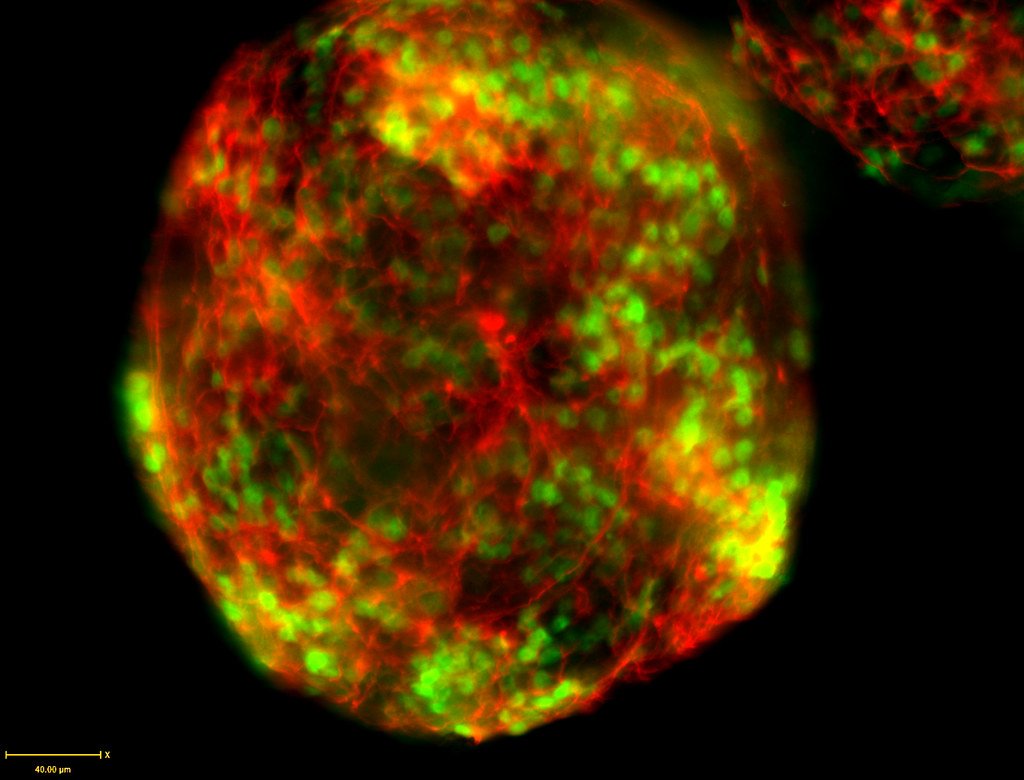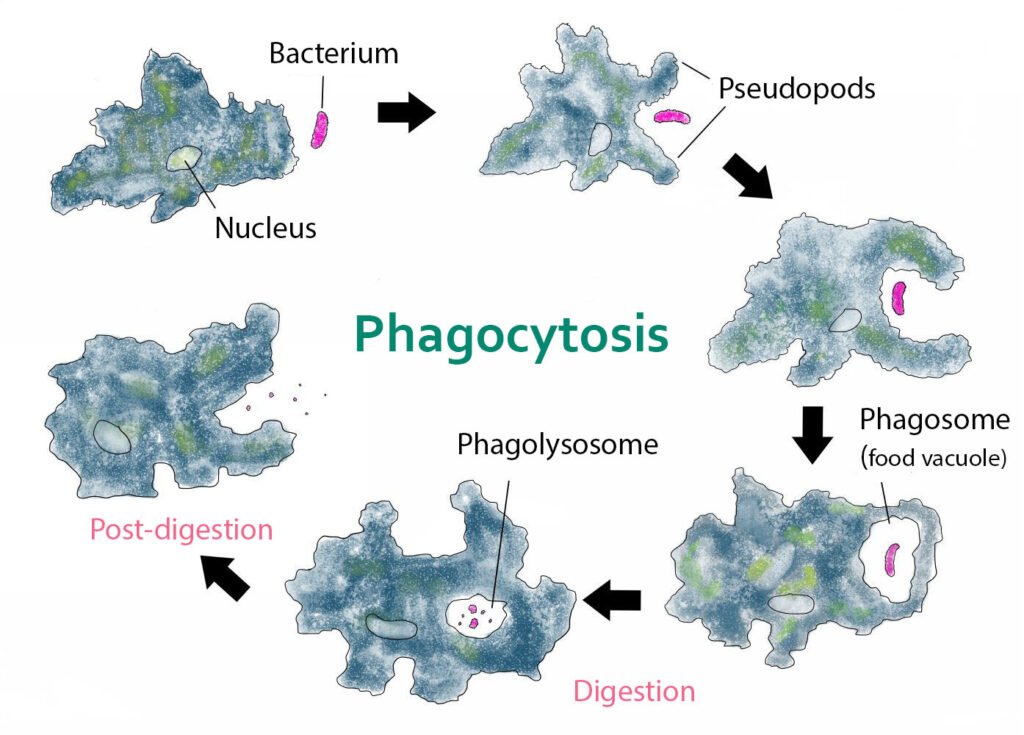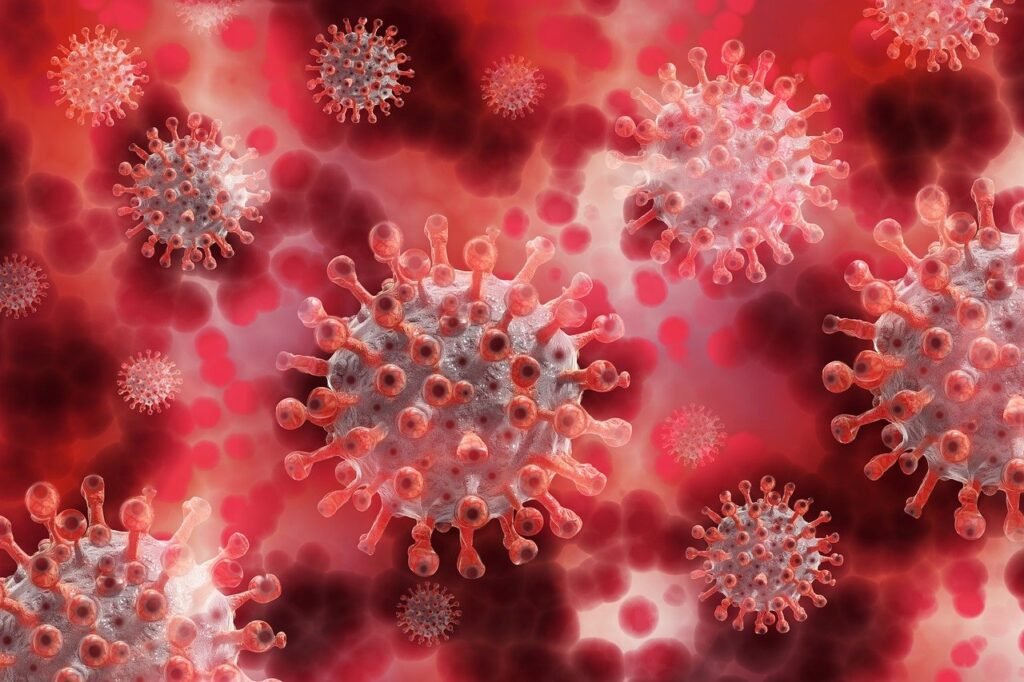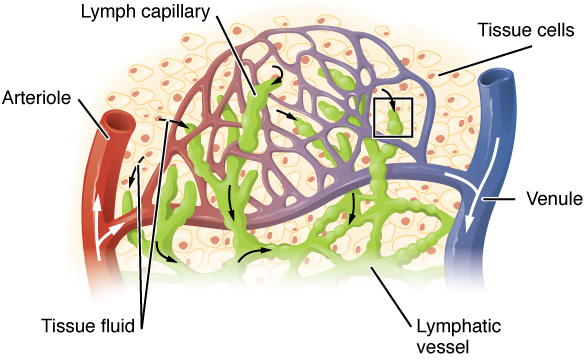The human immune system is an extraordinary network of cells, tissues, and organs designed to fend off illnesses and infections. Although it operates silently in the background, this intricate system plays a crucial role in maintaining our health by identifying and combating harmful invaders like bacteria, viruses, and parasites. This article will delve into 14 remarkable ways the human body fights disease, revealing the fascinating capabilities of the immune system.
Understanding the Immune System

The immune system is a complex network that serves as the body’s defense mechanism. It distinguishes between the body’s cells and foreign cells, deploying specialized strategies to neutralize threats. The system is comprised of two primary components: the innate and adaptive immune systems, each with unique mechanisms for combating disease.
The Role of White Blood Cells

White blood cells, or leukocytes, are the frontline soldiers of the immune system. They patrol the bloodstream, ready to engage any foreign invaders. These cells are produced in the bone marrow and are present throughout the body, constantly on the lookout for signs of illness.
Barrier Defenses

The first line of defense involves physical barriers that prevent pathogens from entering the body. The skin acts as a formidable shield, while mucous membranes trap microorganisms. Additionally, bodily secretions like saliva and tears contain enzymes that break down harmful bacteria.
The Inflammatory Response

When an injury or infection occurs, the body triggers an inflammatory response to isolate the threat. This process increases blood flow to the affected area, causing redness, heat, and swelling as white blood cells converge to combat the invaders. Though sometimes uncomfortable, inflammation is crucial for healing.
The Complement System

This group of proteins works alongside antibodies to dismantle and remove pathogens. The complement system enhances the ability of antibodies and phagocytic cells to clear microbes, thus promoting an efficient immune response.
Phagocytosis

Phagocytes, primarily neutrophils and macrophages, play a vital role in consuming and digesting harmful particles. They engulf invaders and cellular debris, dismantling them into harmless components, thereby preventing the spread of infection.
Antibody Production

Antibodies are proteins produced by B-cells that specifically target antigens—unique markers on pathogens. Each antibody is tailored to lock onto a particular antigen, neutralizing the threat and marking it for destruction by other immune cells.
Natural Killer Cells

Natural killer (NK) cells are a type of lymphocyte that identify and eliminate infected or cancerous cells. These cells play a critical role in controlling viral infections and preventing the development of cancerous cells in the body.
T-Cells and Cell-Mediated Immunity

T-cells are essential for cell-mediated immunity, which does not rely on antibodies. Instead, they interact directly with infected cells, destroying them or signalling other immune cells. There are various types of T-cells, each with specialized functions in the immune response.
Memory Cells

After an encounter with a pathogen, the immune system creates memory cells—specialized T- and B-cells that “remember” the invader. This enables a faster and more robust response if the pathogen is encountered again, forming the basis for long-term immunity.
Role of the Lymphatic System

The lymphatic system supports the immune system by facilitating the transport of lymph—a fluid containing infection-fighting white blood cells—throughout the body. Lymph nodes filter out harmful substances, aiding in the detection and removal of pathogens.
Fever as a Defense Mechanism

Fever is an often misunderstood component of the immune response. Elevated body temperature can inhibit the growth of pathogens and enhance the activity of certain immune cells, aiding in the acceleration of the healing process.
The Role of Gut Microbiota

The intestines host a diverse array of beneficial bacteria that bolster immune function. These microorganisms help digest food, synthesize vitamins, and fend off harmful bacteria, contributing to the overall defense strategy of the body.
Vaccination and Immune Training

Vaccines are critical tools in disease prevention, working by safely introducing antigens to the body to stimulate an immune response without causing the disease. This primes the immune system, enabling it to respond more effectively to future infections.
Conclusion

The human immune system is a marvel of biological engineering, employing a variety of sophisticated strategies to protect us from disease. From physical barriers to complex cellular interactions, the immune system’s multifaceted approach ensures that we stay healthy in the face of countless potential threats. Understanding these processes not only underscores the importance of maintaining immune health but also highlights the remarkable resilience and adaptability of the human body. By nurturing our immune systems through proper nutrition, regular exercise, and adequate rest, we can enhance our natural defenses, equipping ourselves to better face the challenges of illness and infection.



